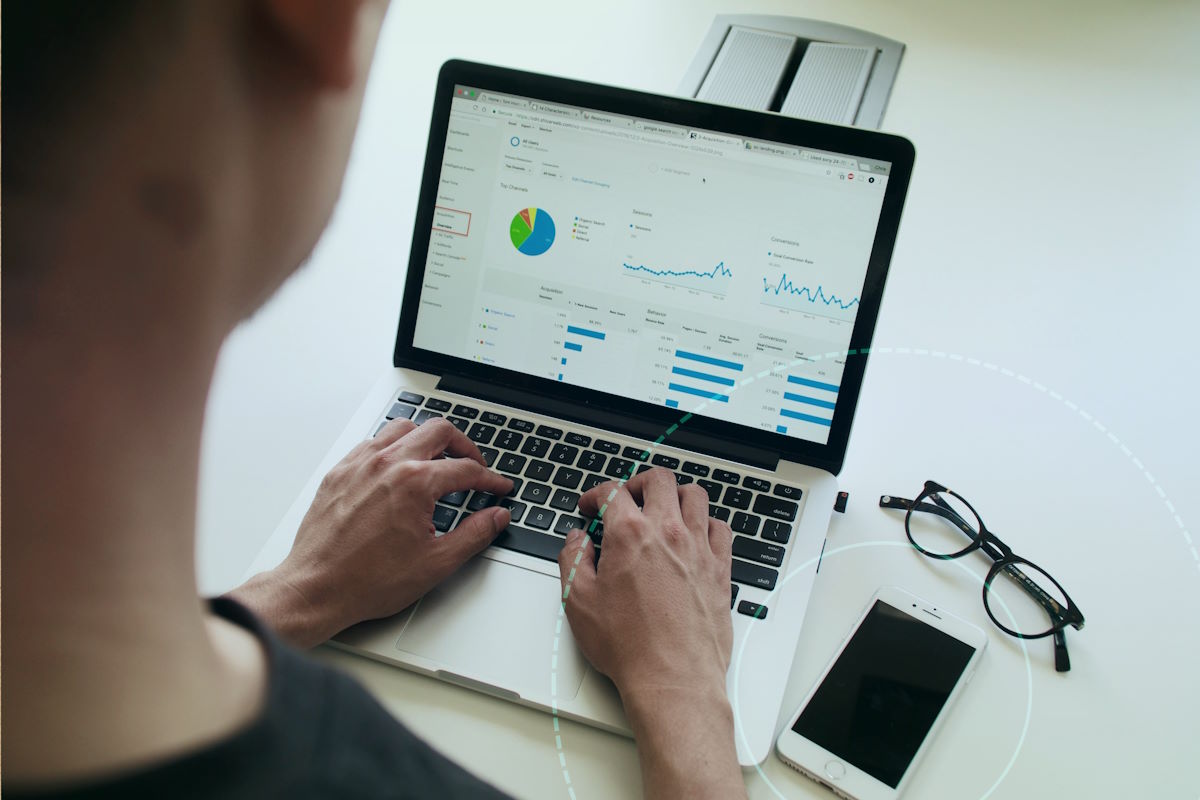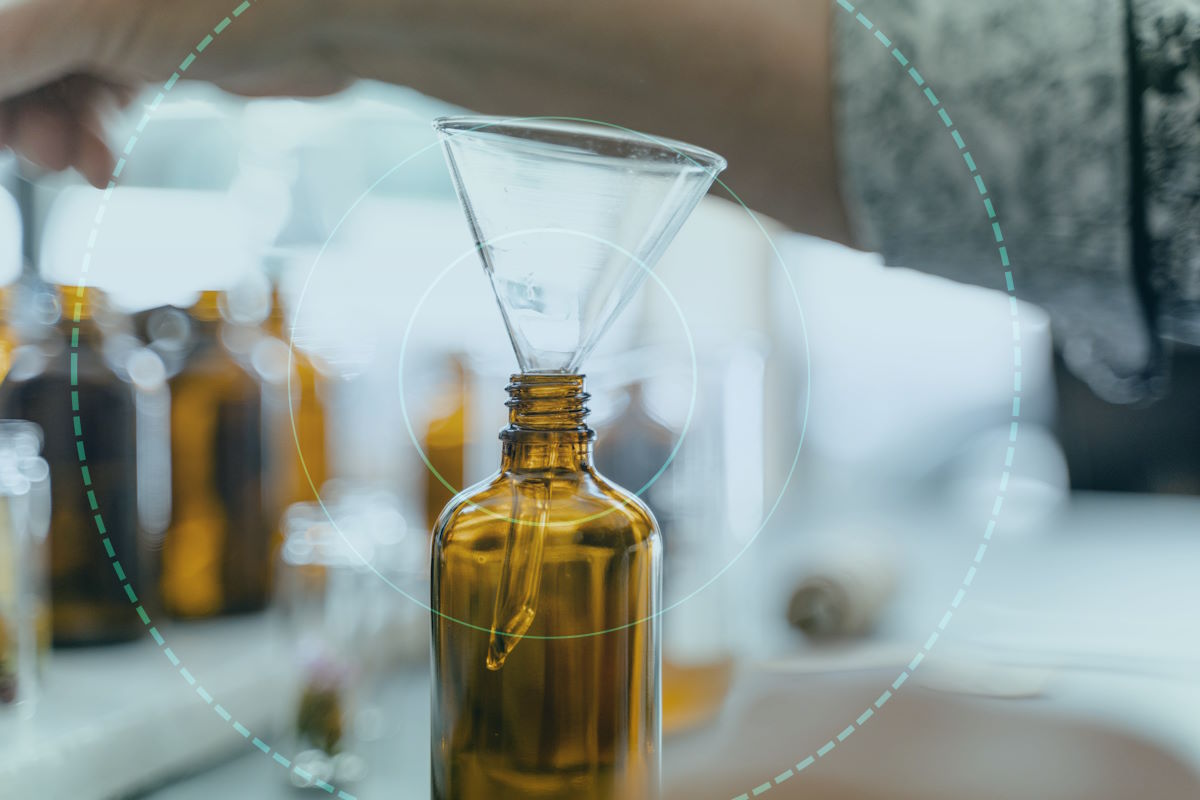Modern marketing requires a strategic full-funnel approach
For modern businesses aiming to navigate the complex landscape of customer acquisition and retention, understanding the intricacies of full-funnel marketing is key. Each stage of the funnel requires a different approach, particularly when comparing top of funnel vs. bottom of funnel. Ultimately, your marketing goal should be to guide potential customers from initial brand awareness to long-term loyalty.
To do that, you’ll need to be familiar with the strategic differences between upper funnel vs. lower funnel marketing. By crafting a marketing plan that appeals to every stage of the buyer journey, you’ll be able to spend ad dollars more strategically, ultimately increasing ROAS and building a loyal customer base.
Ready to dig deeper? Check out our Complete Guide to Full Funnel Marketing.
Upper Funnel vs. Lower Funnel: Creating a Full-Funnel Strategy
Full-funnel marketing is a holistic approach that considers the entire customer journey, from top-of-funnel initial awareness to bottom-of-funnel final conversion. Because customer behaviors vary throughout the stage of the buying journey, it's essential to tailor your marketing efforts accordingly. By addressing customer needs at every stage of the funnel, businesses can better nurture leads and guide them toward conversion, resulting in more effective marketing efforts and ultimately more business success.
Businesses can start with a modified approach and progress towards a comprehensive strategy to maximize the impact of their marketing efforts. Begin by identifying customer touchpoints and pain points at each of the four stages of the funnel — more on that below. From there, you can gradually introduce more targeted and personalized marketing tactics to address these needs. Eventually, you’ll want to develop a comprehensive full-funnel strategy that incorporates a diverse range of channels and tactics to engage customers throughout the entire journey.
Top of Funnel vs. Bottom of Funnel Stages
When it comes to digital marketing and sales, understanding the difference between Upper Funnel and Lower Funnel activities is crucial. Upper Funnel activities focus on creating brand awareness and attracting potential customers, while Lower Funnel activities are about converting these leads into actual sales. Both play distinct yet interconnected roles in the sales and marketing process, and it's essential to effectively strategize and execute activities at each stage to drive successful business outcomes.
Understanding the nuances of Upper Funnel and Lower Funnel activities can help businesses tailor their marketing and sales strategies, allocate resources effectively, and ultimately drive revenue growth. Let's delve into the specifics of Upper Funnel and Lower Funnel to see how they contribute to achieving business goals.
Upper Funnel
Stage 1: Awareness
The journey begins at the top of the funnel with the Awareness stage. At this point, you should focus on introducing the brand to potential customers. Social media, content marketing, and advertising play pivotal roles in creating a memorable brand presence.
Stage 2: Consideration
By now, your target demographic should be aware of your business and the services or products it provides. The Consideration stage is the time to nurture those leads gained during the Awareness portion of the funnel by providing more detailed information. You can accomplish this through email marketing, personalized consultations, and more informative content that speaks to your unique value proposition. This guides prospects through an informed decision-making process and helps them arrive at the next stage.
Lower Funnel
Stage 3: Conversion
The Conversion stage is a pivotal point in the marketing funnel because it’s the point where potential customers transition from interest to action. In other words, this is when they move from the upper funnel to the lower funnel, and your marketing efforts should be more direct. Targeted campaigns, persuasive messaging, and enticing offers facilitate a seamless transition from leads to paying customers.
Stage 4: Loyalty
The journey culminates in the Loyalty stage, which is when businesses should focus on cultivating enduring relationships. Personalized communication, exclusive offers, and exceptional service turn one-time buyers into loyal patrons and brand advocates.
Creating a Balanced Lower Funnel vs. Upper Funnel Strategy
Both top funnel vs. bottom funnel content are crucial components of a successful digital marketing strategy. Top-of-funnel content, such as blog posts, social media posts, and infographics, helps to attract and engage a wide audience and build brand awareness. On the other hand, bottom-of-funnel content like case studies, product demos, and customer testimonials is tailored toward converting leads into customers and driving sales.
To effectively balance and prioritize upper funnel vs. lower funnel marketing, it's essential to understand the buyer's journey and target audience. Initially, the focus should be on creating a strong top-of-funnel content strategy to attract and nurture leads. As prospects move further down the funnel, the priority shifts towards delivering bottom-of-funnel content that addresses specific pain points and offers personalized solutions.
Upper Funnel Optimization
Upper funnel optimization is essential for driving quality traffic to your website and increasing brand awareness. To achieve this, focus on keyword optimization to ensure that your content is easily discoverable via search engines. Start by using keyword research tools to identify relevant and high-traffic keywords, and then integrate them naturally into your website copy and metadata.
Social media advertising also plays a significant role in upper funnel marketing campaigns. However, these campaigns require frequent recalibration and optimization to ensure they remain relevant and engaging to your audience. Use A/B testing to determine which ad creatives and targeting strategies are most effective in driving quality traffic and experiment with different creative assets, copy, and calls to action.
Another key part of upper funnel optimization is content marketing. By creating valuable and engaging content that utilizes a list of targeted keywords, you can build authority within your industry and attract quality traffic to your website. Take the time to understand your audience's needs and preferences, and tailor your content to provide genuine value and relevance. Remember, at this stage, your content should be informative, not a sales pitch.
Lower Funnel Optimization
Once potential customers make the transition from upper funnel to lower funnel, it’s time for a more targeted approach. Email marketing plays a crucial role in this process, so reach out to prospects with personalized offers and product information. Free trials and discount offers also entice prospects to try out the products or services before committing.
Presenting detailed explanations of services or products, including their benefits and features, can help potential customers make informed decisions. Leverage reviews and testimonials from satisfied customers, as these provide social proof and convince buyers to make the final conversion.
Make tvScientific Your CTV Partner
tvScientific was co-founded by senior executives with deep roots in search, programmatic advertising, digital media, and ad verification. We think scientifically, and our results are driven by a belief in one, simple formula: Trust = Data x Transparency x Control.
With powerful attribution capabilities, real-time reporting, automated optimization, and built-in, always-on testing, we believe that tvScientific provides the most robust, transparent, tailored CTV advertising platform. Once you see it for yourself, we know you will too. Request a demo today.






